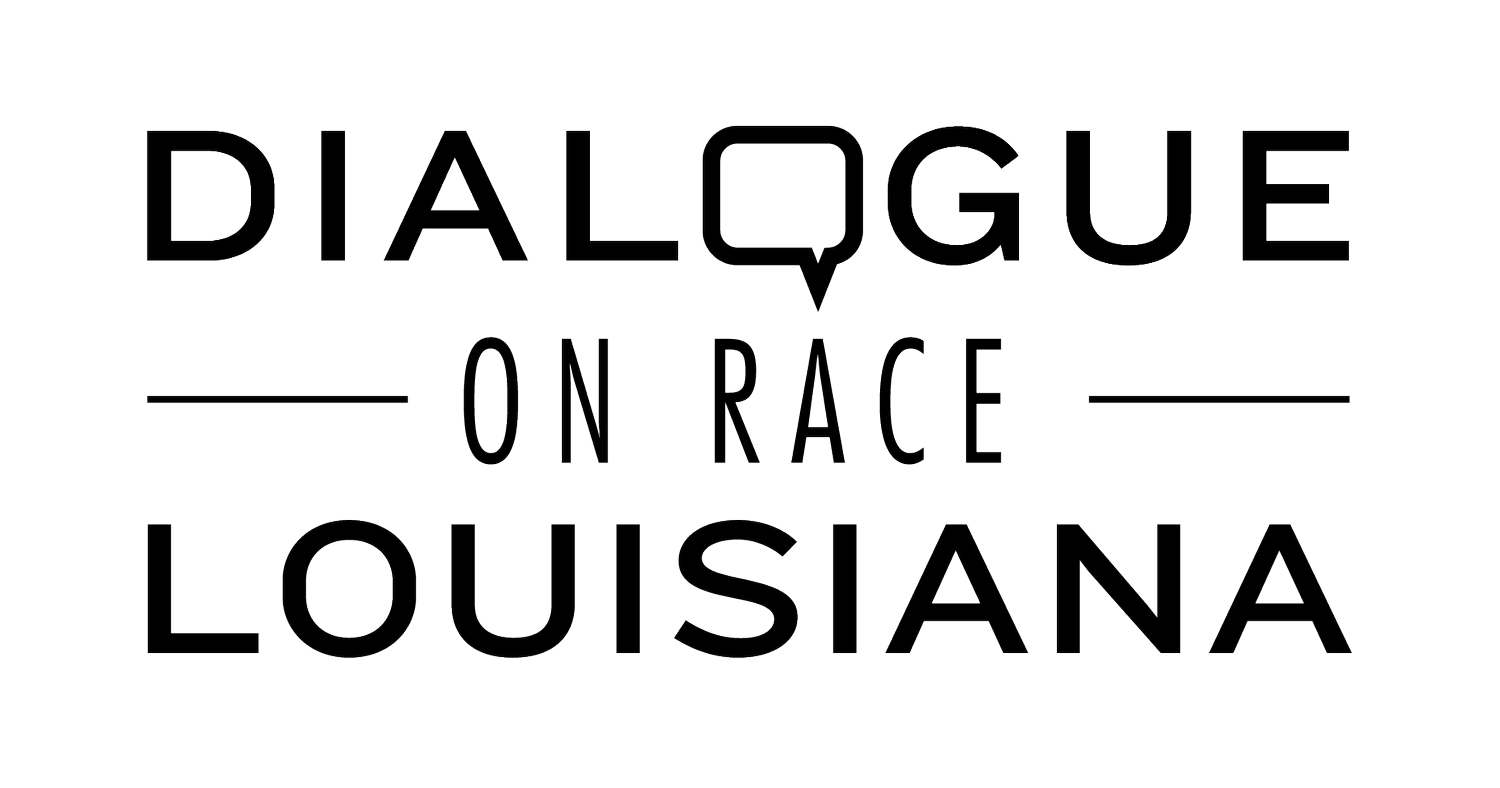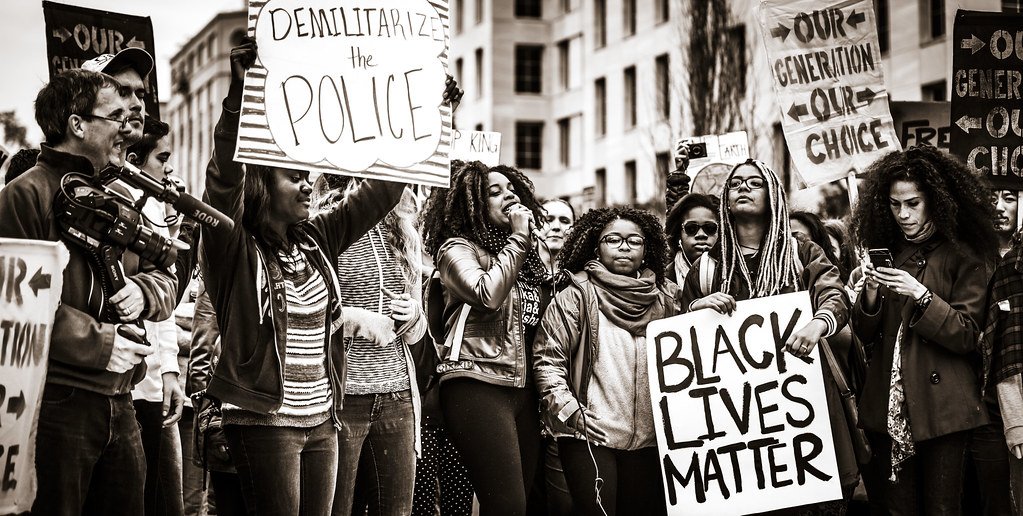The Relationship Between Intersectionality and Critical Race Theory
Originally written by Ian Seaman June 29, 2021
Intersectionality and Critical Race Theory are currently emerging at the center of many discussions. While different, the terms share a common historical thread and both face the danger of their meanings becoming muddled and politicized.
This month is Pride month, and while openness and tolerance in identity should be celebrated at all times, Pride sparks conversations around issues the LGBTQ+ community faces and how those issues intersect with race, socioeconomic status, gender, and ability. Critical Race Theory has also been a recent topic of conversation as the states of Georgia and Florida passed legislation banning the subject from being taught in schools. Critics of the theory allege that it spreads hate and “state-sanctioned racism,” as Governor DeSantis of Florida expressed when signing the bill into law. Opposition to the law called on those who supported the ban to truly learn about Critical Race Theory itself before reaching conclusions, proposing that students may in fact find it useful to think critically about U.S. institutions and history.
These two topics take a similar, critical approach to viewing the American experience, and the way that history, institutions, and popular movements have shaped different paths of life in this country. That is certainly not a coincidence, as both topics were influenced heavily by the same woman, Professor Kimberlé Crenshaw. In examining Professor Crenshaw’s work, we can see how Critical Race Theory and Intersectionality inform our understanding of the American society we see today.
Critical Race Theory was developed as a legal theory, primarily in response to the ongoing belief that racism and discrimination was the effect of individual bias and that laws would be able to prevent racist effects by retaining a consistent legal code. Professor Crenshaw saw this belief as an illusion, not agreeing that the Civil Rights Act of 1965 was a simple solution to racial inequalities.
She explains, “Racial discrimination, segregation, and many more practices were lawful practices right up until the day they weren’t, creating disadvantages and privileges that continue to live throughout our society right up to the present day.” (Time, Lang) She and other fellow legal scholars saw that there was no rational or legal explanation for the racial wealth gap and the underrepresentation of minority groups that they saw in the 1980s, nearly twenty years after the passage of Civil Rights legislation. Rather, as Crenshaw and others explain in the first few debates for Critical Race Theory, the causes of inequities along racial distinctions are in fact built into American systems and institutions (Vox, Coaston). These foundations were written in legal arguments by Professor Crenshaw, along with other scholars Derrick Bell, Richard Delgado, and others in the early 1980s.
Intersectionality as a concept had been discussed before – decades earlier during the rise of the feminist and civil rights movements, where Black women were misrepresented and undercounted in both movements (YW Boston). In 1974, the Combahee River Collective was formed to represent interests of Black Feminism and Black Lesbianism. They released a statement detailing the specific oppressions that women of color face in 1978. Professor Crenshaw developed this statement into a theory of Intersectionality, which addressed the complex and intertwined issues of race, class, sexual orientation, disability, age, and gender.
Intersectionality came from the first debates around Critical Race Theory, and was formally coined in Professor Crenshaw’s essay entitled “Demarginalizing the Intersection of Race and Sex.” She notes in the paper that through several court cases, discrimination was analyzed either through the lens of racism or sexism, but not both. Professor Crenshaw argued that in the cases of Black women suing for discrimination, the issues presented were unique to their experience. (Vox, Coaston)
“Demilitarize the Police, Black Lives Matter” by Johnny Silvercloud (CC BY-SA 2.0)
Critical Race Theory was also expanded beyond its original, legal foundations. Critical Race Theory is now used to examine disparities in bank lending, housing segregation, and access to education. More recently, the theory has also been used to look at health disparities during the Covid-19 pandemic, where Black and Latinx people are twice as likely to die from the virus (Time, Lang). Outside of a critical lens, this may be attributed to a natural or biological cause, but a much more accurate explanation takes shape when history and racialized institutions are taken into account.
Intersectionality and Critical Race Theory have received much opposition and criticism over the past few years, often from conservative and republican leaders. Critics often leverage that these two concepts spread hate and racism against white people. What this reveals is best described as a fear of an alternative view of American society, history, and power hierarchy. Critiques from former President Trump and Florida Governor DeSantis reflect the flawed belief that as systems of oppression are acknowledged and recognized, white people will be the ones oppressed. For Professor Crenshaw, these arguments support the foundational truth – “that individuals have individual identities that intersect in ways that impact how they are viewed, understood, and treated.” Additionally, these systems of power are not meant to be inverted with people of color on top, but rather the power structures that maintain inequality should be dismantled (Vox, Coaston).
Dialogue on Race Louisiana takes a critical lens to the history and institutions of this country, using many of the fundamental insights that Intersectionality and Critical Race Theory offer. This approach, which informs the material selection and structured format of the series, allows understanding of the systems of power that affect us all every day. Dialogue on Race Louisiana strives to recognize, understand, and imagine solutions within this lens to eliminate racism.
Do you want to learn more about what racism is, how it operates, and what can be done to create full institutional access for every citizen in our country? Join us for a series of conversations that help participants unpack the confusion and misinformation around race. You can register for our Original Series by visiting our Eventbrite page. Scholarships are available. Email info@dialogueonracelouisiana.org for more information.





